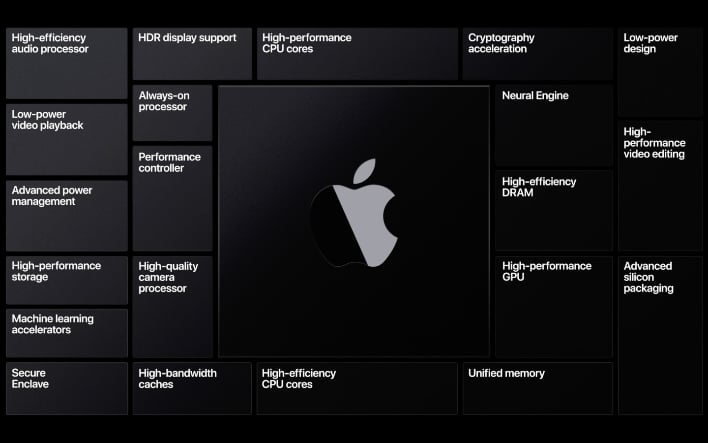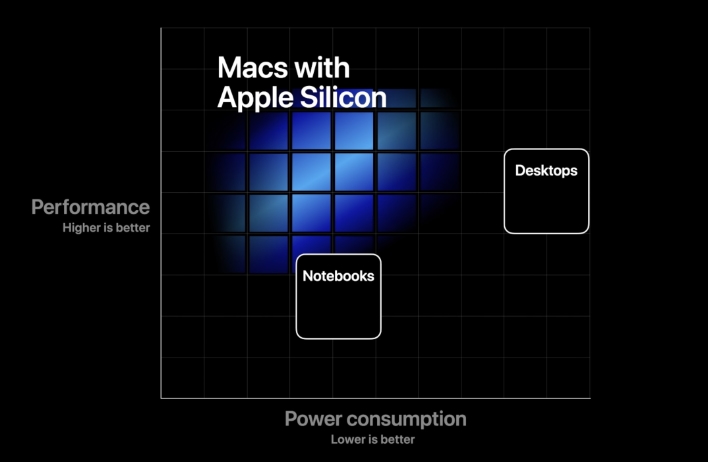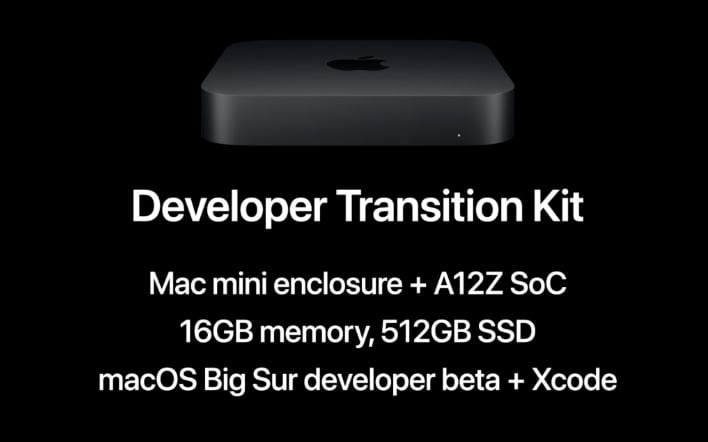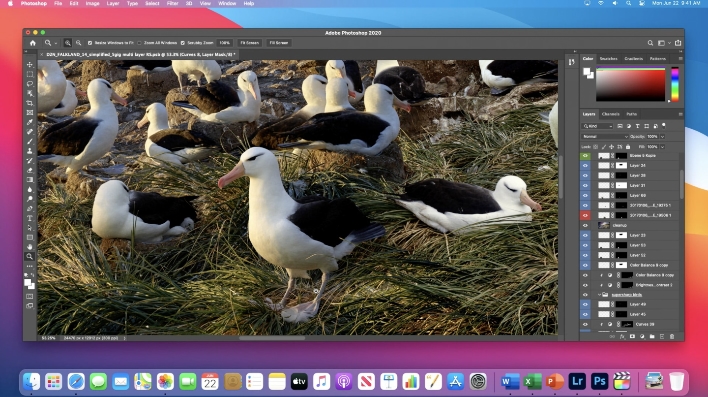Apple Announces Its Own Processors For Macs With Systems Shipping This Year
However, Apple will now plot its own course using custom Arm chips that will power a new family of Mac computers. Cook called this a “Huge leap forward for the Mac”, while adding that “Integrating hardware and software is at the heart of what we do.”

Interestingly enough, Apple still has new Intel-based hardware in pipeline, and the company admits that this will be a two-year long process as it transitions its lineup to Arm. In the meantime, the first Macs to debut with Arm processors will launch later this year according to Cook. Our report from this morning indicated that a 13-inch MacBook Pro and a new 24-inch iMac would the first products to receive an Arm brain transplant.
Increased Power Efficiency
Apple is indicating that by moving to its own custom Arm designs, customers will immediately see big performance and efficiency boosts compared to Intel-based systems. Apple pointed out that today’s x86 systems are usually either geared for maximum performance (desktop), or throttled back to maintain battery life (laptops). However, Apple’s custom Arm designs will be able to deliver the best of both worlds with high performance and lower power consumption that cannot be matched with an x86 design. Apple didn’t provide any concrete performance or power consumption numbers to back up the chart below, so we’ll just have to take those claims with a grain of salt at the moment.

What we do know, however, is that the Arm chips will have a mix of high-performance and high-efficiency cores onboard along with a high-performance GPU solution. Given that these chips will be based on the A-Series family that we’ve grown to know over the years, there will also be an integrated Secure Enclave, a built-in Neural Engine, unified memory, and onboard Machine Learning engine.
As you might expect, there will be an entire family of Arm Mac SoCs, which will offer varying levels of performance – hopefully all of which will offer superior performance to their Intel counterparts.
Easing the Transition For Customers
Moving to a brand-new processor architecture is never easy, but Apple says that it has been working behind the scenes for years to make this transition seamless as possible for customers. For starters, every single Apple application in macOS Big Sur – the latest release of macOS debuting this Fall – has been rewritten to work natively with Apple’s new processors. In addition, big name companies like Microsoft and Adobe already have their apps running natively on Apple’s new hardware. Early versions of Microsoft Office, Adobe Lightroom and Photoshop were shown running with excellent performance on Apple’s new hardware.
Developers will also have the ability to recompile their existing code using Xcode to make their apps compatible with new Arm Macs. For those that want to support both Arm and Intel Macs during this transition period, Apple is touting Universal 2, which will allow them to create a single binary that supports both architectures.
That’s all well and good, but what about existing apps that macOS users rely on that haven’t been updated to support Arm? Well, Big Sur will come with Rosetta 2, which is a new and improved version of the software that helped ease the transition from PowerPC to Intel. Rosetta 2 automatically translates existing apps compiled for Intel processors, and will provide faster performance than the old translation engine. In addition, it will translate the software upon installation to improve performance on subsequent loads of the application.
Code can be translated on the fly – i.e. with web browsers – and the translation process is entirely transparent to the end-user. There will be virtualization support, allowing you to run Linux on macOS Big Sur, and there will even be native support to run iPhone and iPad apps on Arm Macs, which opens up a new world of possibilities for customers.
Developers Will Have Access To Arm Mac mini Devkits
For developers that are ready to get started on developing for these incoming Arm Macs, Apple is offering a “Developer Transition Kit” which includes a Mac mini enclosure with an Apple A12Z Bionic SoC onboard.

Final Thoughts
Apple seems to have all of its bases covered as it makes the transition from Intel to Arm for its computers. It’s already performed all of the hard work under the hood, and it’s now leaning on developers to get cranking on native apps to ensure the best possible performance on the platform. And for developers that are a bit behind the curve, Rosetta 2 will fill the void, albeit with a likely performance hit (what that hit will be, we don’t know for now).
What will be really interesting to see, however, is what kind of monster chips that Apple has in the pipeline to replace the Xeon processors found in its Mac Pro and iMac Pro systems. Apple says that this will be a two-year transition, and replacements for those two product families will probably come at the tail end of that period. How those chips will stack up to their contemporary Intel and AMD rivals will be a fireworks show that we’ll want front-row tickets to.



